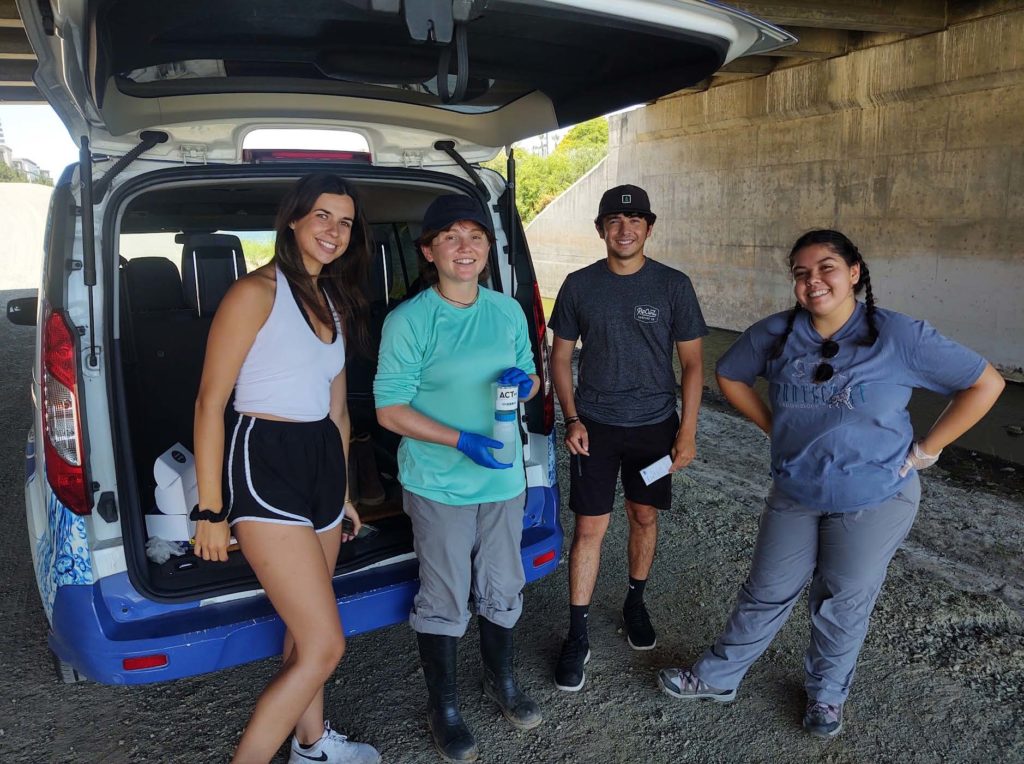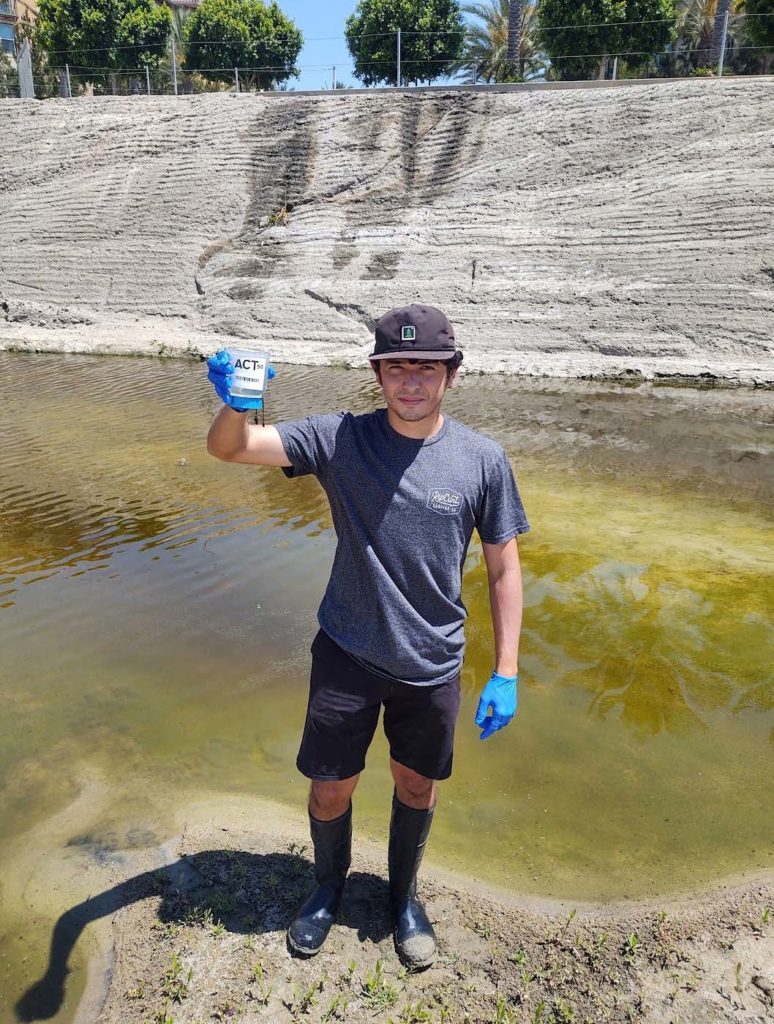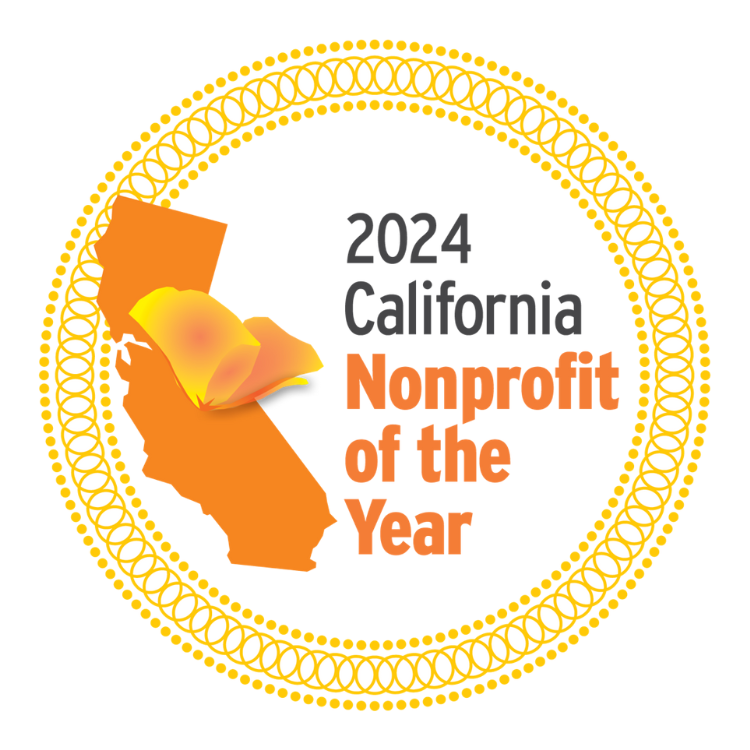A new, or rather newly investigated, pollutant has begun to populate our water systems more and more. Polyfluoroalkyl substances (PFAS) are made up of carbon-fluorine bonds. These strong bonds allow them to persist and build up in the environment over time.
The National Institute of Environmental Health Sciences is currently unable to pinpoint the half-life of these chemicals, bringing further alarm to the build-up of these chemicals in the environment and their inability to degrade naturally.
So, where do PFAS come from?
They are synthetic chemicals found in various products, from non-stick pans to clothing to carpets and more. Because of the bond strength of PFAS and their wide range of use, this has led to a build-up of these chemicals in our water systems everywhere.
PFAS are now found not just in the environment but also in the bloodstreams of humans and animals alike.

Orange County Coastkeeper is actively collecting samples and monitoring our local water sources for these chemicals. Health officials have outlined certain thresholds for what is considered harmful levels of contamination. The EPA states PFAS exposure has connections to increased risk of certain cancers, weakened immune systems, and reproductive and developmental effects.
In late June, associate director of programs Ray Hiemstra and a few Coastkeeper interns collected upstream and downstream water samples for PFAS testing. In the process, they also documented what collecting these samples for testing looks like as well as the sample site conditions.

The sites that were most recently collected to test for PFAS are San Diego Creek, Temescal Creek, and the Santa Ana River.
The Santa Ana Regional Water Board is responsible for setting water quality standards for local water sources; it is the county’s responsibility to take action and maintain these standards. By collecting these samples, we are hoping to bring our local water sources one step closer to swimmable, drinkable, and fishable water here in Orange County.






